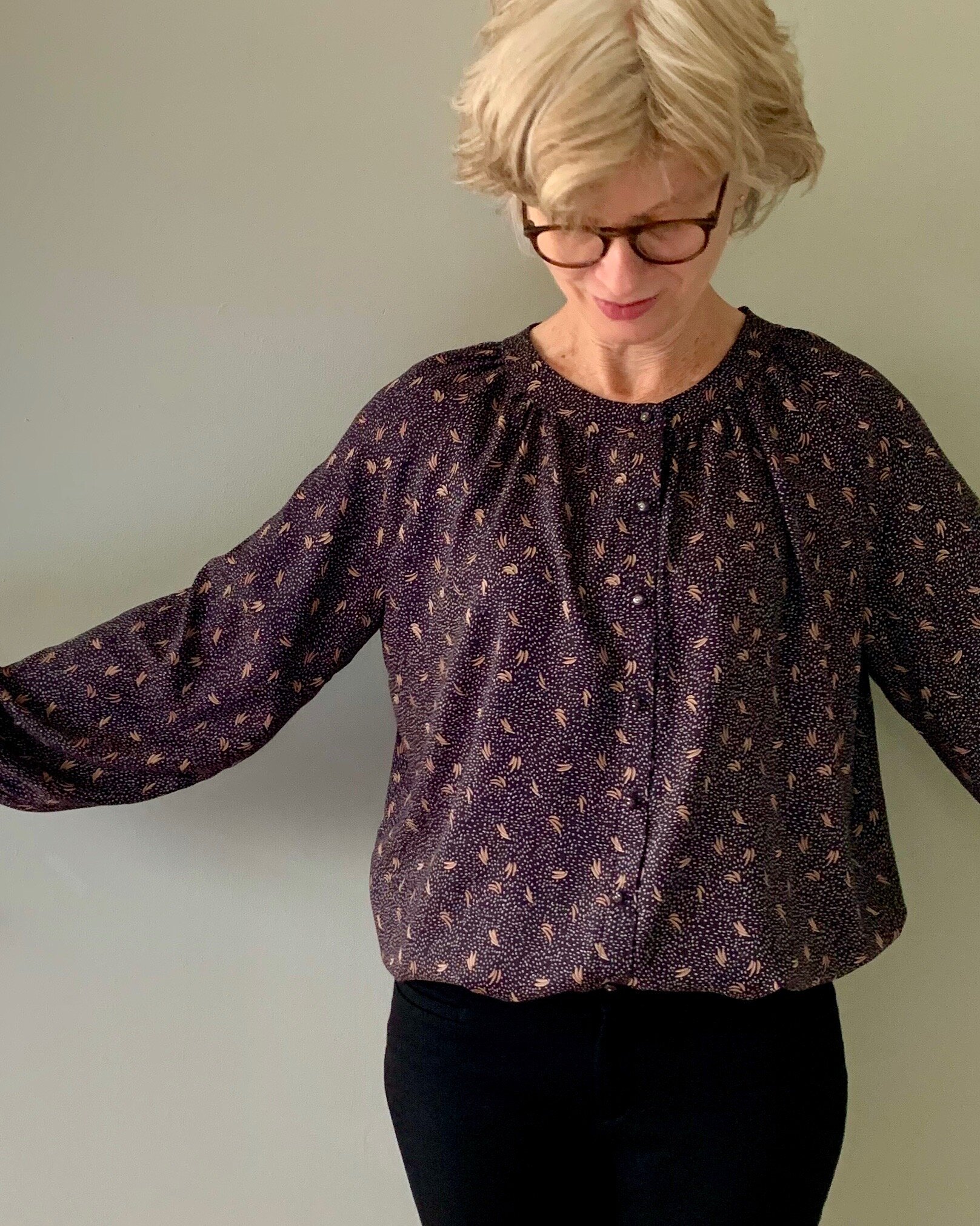Ahoy! Romero trousers and sewing friends
/Ahoy! Several weeks ago, Instagram friends from across the globe- @suestoney @sewing_in_spain - asked me to co-host the “Make a Garment a Month” (MAGAM) sewing challenge on Instagram in April. No need to ask twice- it’s been a long and socially isolating winter, and I was more than ready for some sewing camaraderie. And even though I’m more than used to conducting business and socializing online this year- it was a real thrill to have a Zoom meeting with Suzy and Sue over three continents: Europe, Australia and North America. The guest host gets to pick the prompt for the monthly sewing challenge, and since my sewing daydreams were most recently filled with nautical style, I pitched April Ahoy as a theme.
I have a longstanding crush on nautical style. Maybe it was all those J. Crew mail order catalogs I used to get in the 1980’s where everyone looked so healthy, fresh and happy. Nautical looks are timeless and suit everyone- they are gender and age neutral. I love, love, love striped tops (and striped dresses), boat neck styles, pea coats, brass buttons- anything in the color navy! When I was in high school, I actually owned a full on navy sailor dress complete with a white sailor style collar and red neck tie. My long-time maritime romance is puzzling – as I am a lifelong resident of Minnesota- smack dab in the middle of the continent.
For my nautical project I made the Pauline and Alice Romero sailor style trousers which I’ve made before - and I blogged about here. I always felt they were a little snug and I wanted to give the pattern another try to get a better fit.
There’s more than a few theories out there about the evolution of the wide legged sailor pant. Some say the wide leg could be easily rolled up so feet and ankles were free from getting tangled while working on the rigging of sailing ships. Another theory is that rolling the pant prevents it from getting wet when swabbing the deck. One actual, practical use of the pants is as a life saving device. If you have to abandon ship or fall overboard, you can easily remove the wide leg trouser, tie the legs in a knot and inflate the trousers with air. Making pants into a flotation device is something I actually practiced in a water safety class when I was young.
Back to my pants project. I used a twill fabric which had some stretch that I purchased a while back from the Fabric Store. I cut a straight size 40. Then, I carefully followed the excellent instructions for adjusting for a full backside provided by Colette- here
Armed with colored pencils and a ruler- it was pretty straightforward to add some leeway to portside!
And I achieved a ship shape fit after the adjustments!
To finish, I scoured my button collection and came up with almost enough brass buttons for the pants- there is one orphan button- still nautical though.
I am super pleased with my trousers- but the best aspect of this project by far- was the fraternizing fun- especially all of the nautical puns -shared with co-captains Suzy and Sue.












































